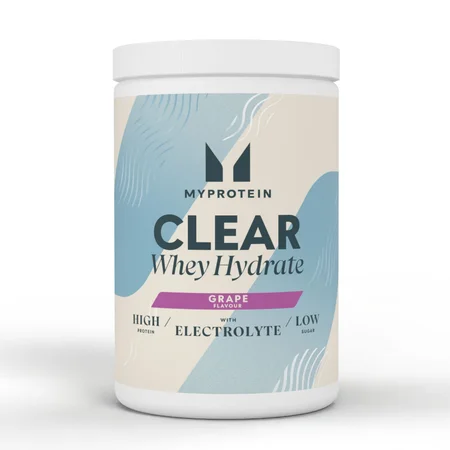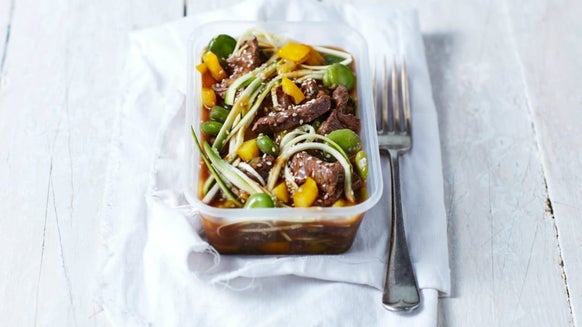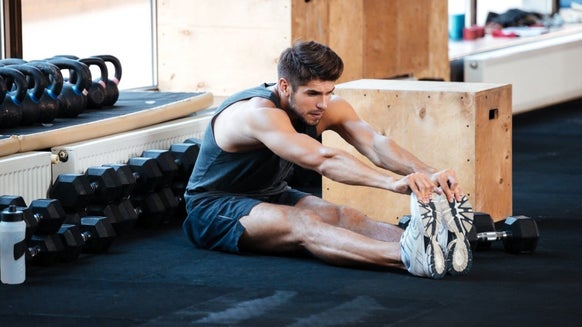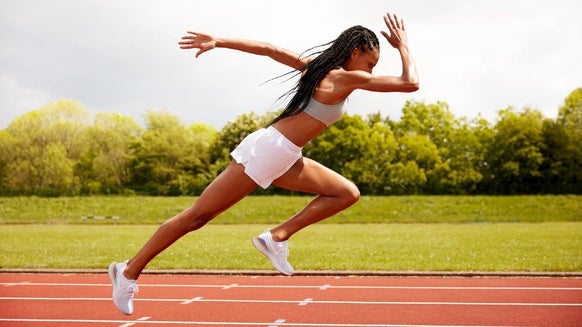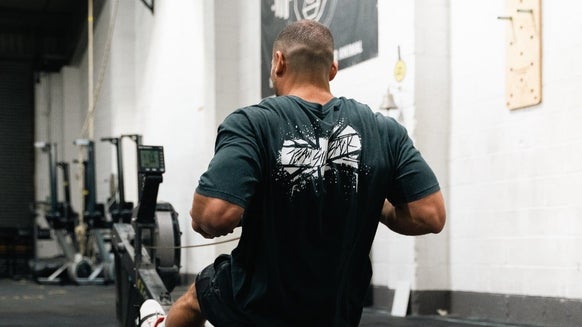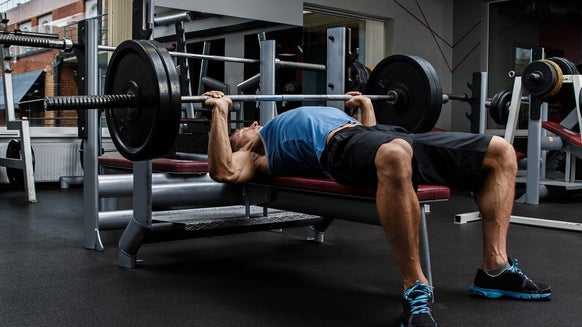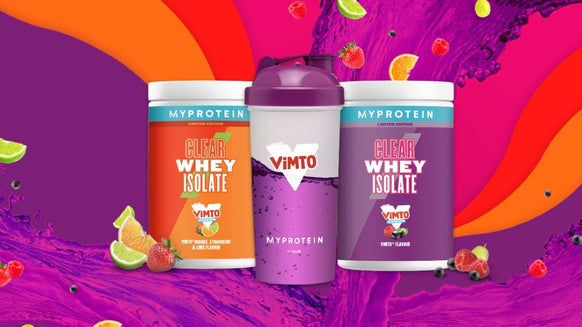How To Run Faster For Longer
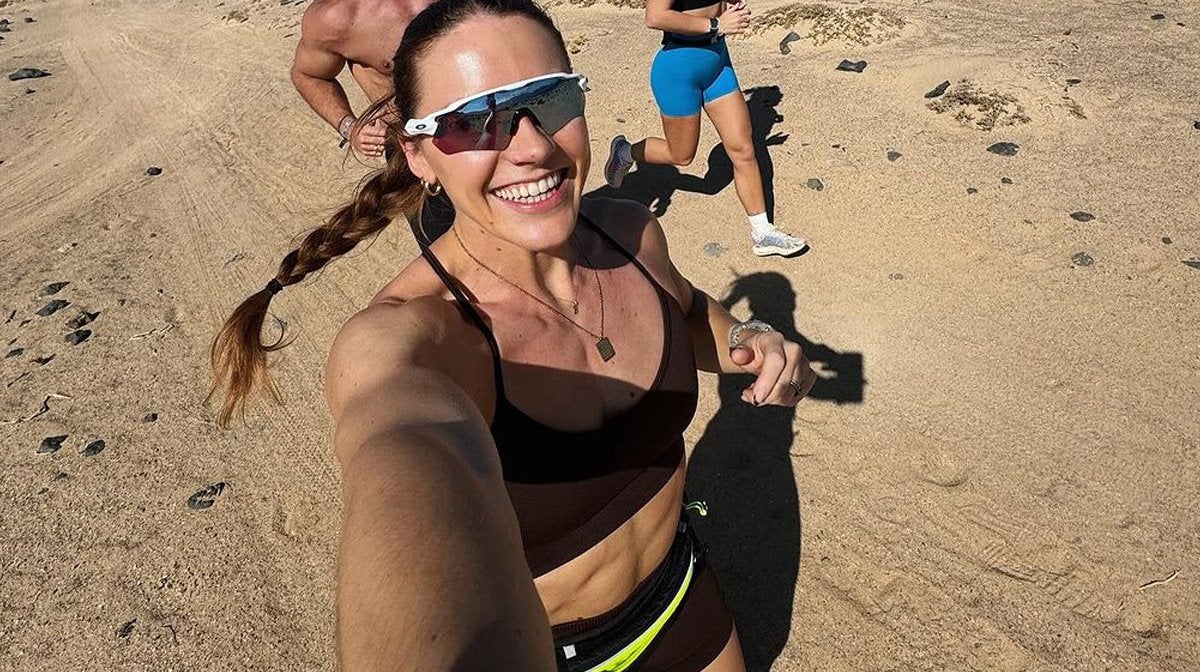
Runners are all guilty of aiming to hit the next PB, it’s an ego thing. And if you say you haven’t, you’re lying. Someone else that’s guilty of this – Lucy Davis.
Lucy’s known for being an absolute machine at whatever she puts her mind to. Strength training, swimming, running – you name it, she can do it. And she can do it to a high standard. Since COVID she’s turned her attention to running and she’s mastered how to improve her fitness so she can run faster for longer.
Now, there’s a lot of science behind improving your fitness. But to keep things simple, for my sake and yours, pushing yourself as hard as possible for a PB every session isn’t the secret to running faster for longer. I’ll pause for a second to let that sink in.
Instead, the importance of easy runs, or aerobic runs, is where you’re going to see real improvements.
Aerobic Vs Anaerobic
The body has two systems that it uses – the aerobic and anaerobic systems. Regardless of how fast you’re running, your body will always be using both energy systems. Let me break them down.
Anaerobic system
Anaerobic (roughly translated into non-science-y terms) means without oxygen. So, when you perform short bursts of high-intensity exercise, the movements will be fuelled by energy stored in your muscles, rather than by the oxygen you’re breathing in. Which is not sustainable for a long period of time. So, in the moments when you’re running at your fastest pace, your body will switch to its anaerobic system.
Aerobic system
On the other hand, aerobic means with oxygen. This means that exercise of lower intensity is fuelled by oxygen from the air you breathe. This is entirely sustainable for longer periods and running aerobically is how you’ll improve your fitness.
How does this improve your fitness
I may have delved into your aerobic system, but it’s not that clear how to actually run aerobically. Basically, to improve your aerobic capacity, you need to consistently complete easy runs.
An easy way to test if you’re running aerobically is to see if you can talk while you’re running. And I mean literally talk to yourself. If you’re running aerobically, you should be able to talk out loud and continue running at the same pace without getting too out of breath.
Granted, running aerobically is a little boring, and maybe not that cool. It will also feel beyond slow when you get started. But, in theory, your pace should stay the same over time. As you start to run longer distances, your heart rate will stay lower, and you can run further.
In turn, because your heart rate is staying lower, you can gradually increase your pace as your body adjusts.
Effects of aerobic running
The effects of aerobic running aren’t just limited to running faster for longer. There're some other physiological benefits that’ll further motivate you to stop skipping your easy runs.
Physiological effects of aerobic running:
- Increase in capillary count
- Increase mitochondria density
Increase in capillary count
When you’re training at an aerobic intensity, you stimulate your body to increase the number of capillaries. Our bodies utilise capillaries to transport oxygen and get rid of waste products. If your body has a higher capillary count you can better utilise oxygen while you’re running.
Increase mitochondria density
Aerobic training will encourage the growth of more mitochondria. Mitochondria uses oxygen to convert nutrients that are in your body into energy so that you can keep going for longer. In other words, more mitochondria equal more energy, which equals running faster for longer.
Single Leg Exercises For Runners
Whether you’re a seasoned runner or just getting started, single leg exercises are essential for boosting your performance. Improved strength, better balance, less chance of injury. It’s a no brainer.
Single Leg Hip Thrusts
A dumbbell and a bench are all that are needed to do this underrated exercise.
- Sit on the floor with your back against the bench and a dumbbell placed on your pelvis.
- Keep one leg planted on the ground and raise the other slightly.
- Thrust your hips upwards, then lower back down to complete the movement.
Bulgarian Split Squats
Although split squats can be sore, you can’t doubt their effectiveness. Again, all you’ll need is a pair of dumbbells and a bench.
- Rest one foot on the bench behind you and squat down with the other leg.
- Slowly return to the starting position by straightening your leg.
- Switch legs and repeat.
Pistol Squats
A funky movement with a cool name that can help you with your balance. All you need is a bench and… that’s it — you're ready.
- Stand in front of the bench and lift one leg slightly off the ground.
- Lower yourself towards the bench with your standing leg as if sitting down, then stand back up before you touch the bench, all while keeping the lifted leg elevated.
- Switch legs and repeat.
Step-Ups
A great way to get your steps in. All you need is a box or platform, and you’re ready to go.
- Stand in front of the platform, place your right foot on top of it, and use it to lift yourself up onto the platform.
- Bring up your left foot beside your right foot so you are standing straight on top of the platform.
- Return your right foot to the ground, followed by your left foot, then repeat from the start.
Single Leg Romanian Deadlift
- Grab a pair of dumbbells, and get ready to go.
- Lift your right leg off the floor and lean forwards with the dumbbells in your hands, as if going to pick something off the ground.
- Slowly return to a standing position, and repeat for the other side.
Take home message
Well, as it turns out, faster isn’t always better. I know, I'm shocked too.
And if you catch me out and about on my aerobic runs talking to myself – mind your own business. Just trying to stick to my conversational pace.
FIND MORE HERE:
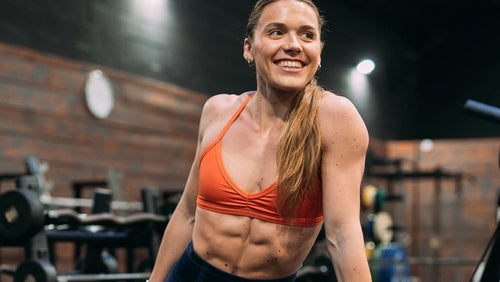
Hybrid Athlete’s Tips for Growing Glutes Without Sacrificing Cardio
Operation 'build glutes' is well on the way.
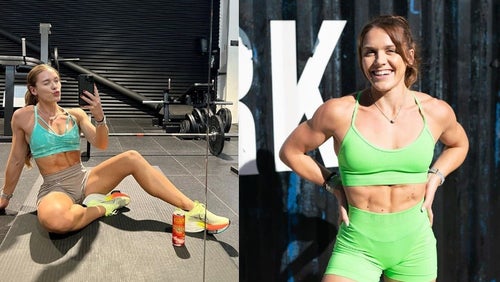
Hybrid Athlete’s Productive Morning Routine
Is TikTok right? Is a morning routine the key to productivity?


